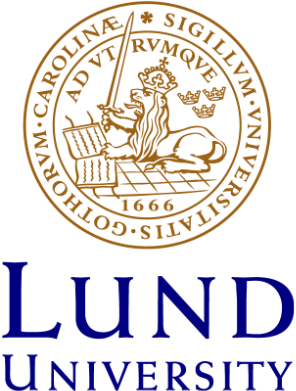Many vs. much
There are quantifiers that either quantify inherently plural nouns (e.g. people), or countable nouns in the plural (e.g. presents). The most important member of this group of quantifiers is many:
(1) There were many people at the show. (2) She gave them many presents.Note, by the way, that example (1) shows that the predicate verb (were) agrees with the postponed subject (many people). There are also quantifiers that can only be used to quantify uncountable nouns (sometimes also referred to as "singular nouns"). The core member of this category is much:
(3) He gave them much advice.The most important fact to remember when it comes to the use of quantifiers in English is this difference between much and many, that is, that much is used to quantify uncountable nouns and that many is used to quantify countable nouns.
You can also read more about countable and uncountable nouns and about inherently plural nouns if you follow these links.
As mentioned, the most important thing to remember when it comes to the use of quantifiers in English is the difference between much and many. Literally, much corresponds to Swedish ‘mycket’, while many corresponds to Swedish ‘många’.
Much and mycket were originally only used about uncountables in English and Swedish, while many and många were used about plural nouns and countable nouns in the plural. This division of labour is still valid for English, while the Swedish situation is sometimes rather fuzzy.
As you know, Swedes sometimes say mycket människor (literally, 'much people'), mycket nycklar (literally, 'much keys'), mycket insekter (literally, 'much insects') and mycket problem (literally, 'much problems'), that is, Swedes often use the quantifier mycket 'much'with countable nouns in the plural.
Since this is not done in English, Swedes sometimes make mistakes when speaking or writing in English, or when translating into English. It is never acceptable in English to say or write *much people, *much keys, or *much insects.
Of course we also have to know/remember which words are countable in Swedish, but uncountable in English. Knowing the rules for much and many is not enough, unless we also know which words are countable and which are not.
As discussed in the section on countable and uncountable nouns (see link below), most uncountable nouns in English are uncountable in Swedish too, since their (un)countability is intuitively related to whether or not they denote something that has borders and a certain shape, so that human language users will, or will not, perceive them as units that can be counted.This means that if something has a certain shape, so that we normally know where one begins and ends and another one begins and ends, this means that we can count the units and that the noun used to denote it will normally be a normal countable noun.
If, on the other hand, something cannot be divided into such countable units, at least not units that can be perceived by ordinary language users without the aid of a microscope or some other technical device, it is considered to be a mass and will be denoted by an uncountable noun.
To mention a simple example, we can talk about several cars, since it is normally possible for the human perceiver to see where one car begins and ends and another one begins and ends (that is, quite regardless of the fact that cars can look in many different ways, the human perceiver will register and categorise them all as cars).
The petrol in the car, on the other hand, can not be counted, since we do not know where one petrol begins and ends and where another one begins and ends. The noun petrol is only countable in the sense of different types of petrol.
Please note that this account is slightly problematic in the case of words such as atom, since even though atoms are so small that we cannot observe and count them without technical aids, atom is still countable, since there can obviously be several of them. However, this should not be used as an argument in favour of an analysis of, say, iron as countable, since it is not the iron as such that can be counted, but just the iron atoms that we cannot actually see.
Note that if you do not know whether a noun is countable or uncountable, it is always grammatical to use a lot (of) to translate the Swedish mycket, många, and quite a lot (of) to translate the Swedish en hel del. However, these expressions are far too informal for academic writing.
We have seen that when we quantify uncountable nouns we (normally) use other words than when we quantify countable nouns. For instance, we cannot say *many pork, *quite a few pork, or *a number of pork. What we have to say is instead is, for instance, much pork, a large amount of pork, or lots of pork.
